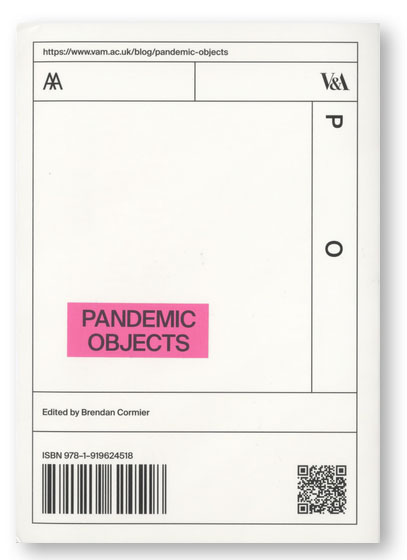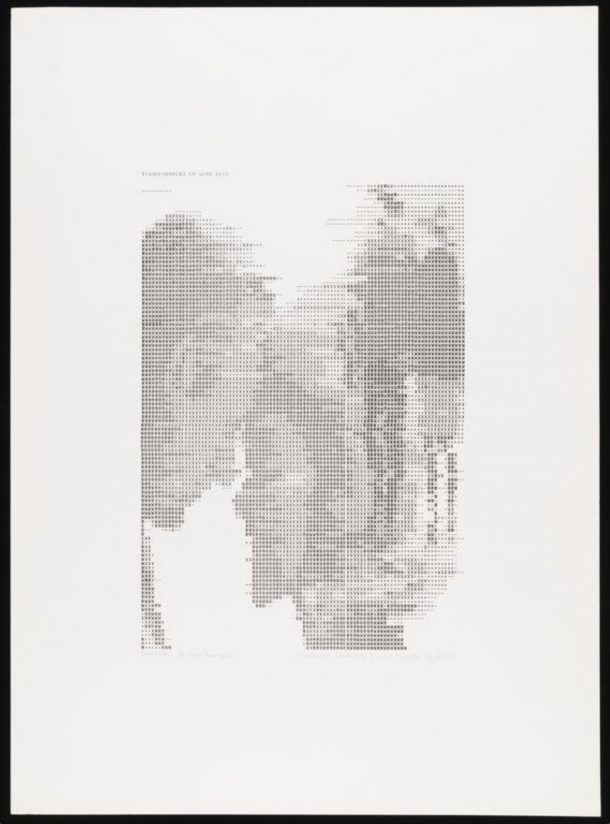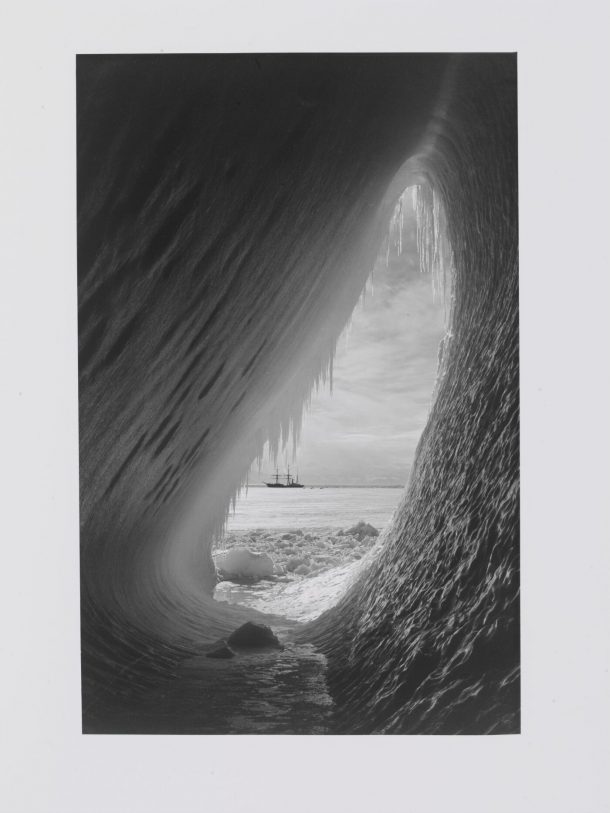Since the start of the pandemic, dating apps have seen a surge in use: a fifth of single Brits who had an active love life before lockdown have been spending more time on dating apps; Tinder reported the highest number of swipes ever on March 29th 2020; and one in five UK Bumble users say they’ve joined after ending a committed relationship as a result of the pandemic. Pre-pandemic, dating platforms worked as matchmakers used to facilitate face-to-face encounters; they were the springboard to IRL experiences. Then the government advised us to stay home, and the rules of the dating game changed as we retreated to our safe havens. Dating apps were nevertheless quick to notice our maintained thirst for social interactions and worked hard to quickly adapt to the ‘new normal’. Looking at how they did so provides a useful case study for how app design can nimbly react in the face of a crisis.
First, there were the prevention messages. On 3 March 2020, a time when the world death toll equalled 3,000 (we have now exceeded four million deaths), the online dating platform Tinder started showing Covid-19-related pop-ups to its users. The message encouraged users to prioritise safety over ‘fun’, wash their hands and seek further health information on the WHO website. Once the prevention message was acknowledged, the user could keep using the app to swipe, match and chat as they used to.
The initiatives demonstrate early steps taken to align with health measures, the recognition of the need to limit social contacts and the uneasy nature of meeting someone new whose attitude towards COVID-19 is unknown. In terms of app design, pop-up messages like this are straight-forward to implement and were previously used for other purposes, such as suggesting in-app purchases or memberships.
But the pandemic was here to stay. Our fear of contracting the virus, combined with the monotony of ‘walking dates’ out in the cold winter deterred the most tenacious dating enthusiasts. As we went in and out of lockdowns, dating apps had to move from adapting to our new form of interactions, to shaping them.
Virtual dating was on the cards. As platforms like Tinder, Bumble, Match, Hinge, Happn or Plenty of Fish decided to launch in-app video calls, camera icons popped-up in the chats of users encouraged to connect online. Offering this type of service required a consequent behavioural change from daters who never thought of their phone as a rendez-vous venue before. Developers therefore had to rethink user experiences (UX) and modify user interfaces (UI) accordingly – a process slightly more demanding than implementing pop-ups. If conceived successfully, these two aspects of design would ease users into this new form of interaction and influence their interactions with special features.
Hinge provides an interesting case study. The introduction of its video feature ‘Date from Home’ during the first lockdown coincided with the launch of Hinge Labs, the first dating app research program backed by behavioural data and not solely by surveys. Research helped identify the potential of the new feature (70% of users said they were open to video dates) and the possible obstacles to its development, such as users’ fear of awkwardness and questions about how to start a video date or how long to make it last. All those considerations helped shape the app’s UI and UX to convince users to get on board.
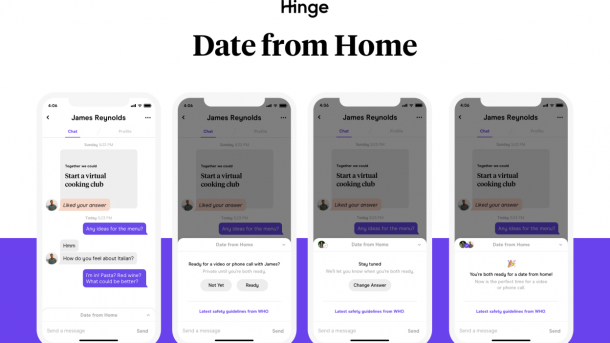
With this new method of dating came a new dating etiquette. Tinder’s blog, Swipe Life, lists the ‘do’s and don’ts’ to ‘conquer cyber-dating’. It advises preparing games and activities, revealing the platforms’ awareness of users’ Zoom fatigue and using it as a way to promote the gamification of online dating. Another tip encourages daters to curate their video background, using lighting and props as yet another asset to display their personality and seduce the person on the other side of the screen. This illustrates how virtual dates modified the geographies of our intimacies. Indeed, video calls now invite ‘strangers’ into our homes at a very early stage of a relationship. But it seems like the trend is here to stay: OkCupid found that 25 per cent preferred video chat over meeting in person and 52% of Hinge users who went on video dates said that they’ll incorporate them into their dating process after COVID-19. After a short period of absence as the UK came out of lockdown, Hinge’s video feature came back for good and is now promoted as a safety step to take before meeting face-to-face, rather than solely a social-distancing matter.
In parallel to promoting video calls, platforms warned daters to get ready for ‘hot vax summer’ – an expression playing with the idea of a dating boom once singles will be vaccinated. After a YouGov poll showed 59% of adults would either prefer their date to be vaccinated or would not date an unvaccinated person, leading dating apps partnered with the government to boost vaccine uptake. From 7 June 2021 – a few days before under 30s would become eligible to get their vaccine –, Match, Hinge, Bumble, Badoo, Plenty of Fish, OurTime and Muzmatch added features to their apps as part of the ‘every vaccination gives us hope’ campaign. The platforms elaborated reward systems, offering ‘super likes’, ‘roses’ or credits for premium features. But the campaign also led to a modification of users’ profiles and search criteria. On Hinge, daters can decide to show their vaccination status on their profile and indicate whether or not they’re yet partially- or fully-vaccinated. Tinder allows users to campaign for vaccination by adding a ‘vaccines save lives’ badge on their pictures and, on OkCupid, vaccinated people are part of a distinct category prominently highlighted on the app. With the softening of COVID-related measures and the return to apparent normality, dating apps became a helpful launching pad back into social life.
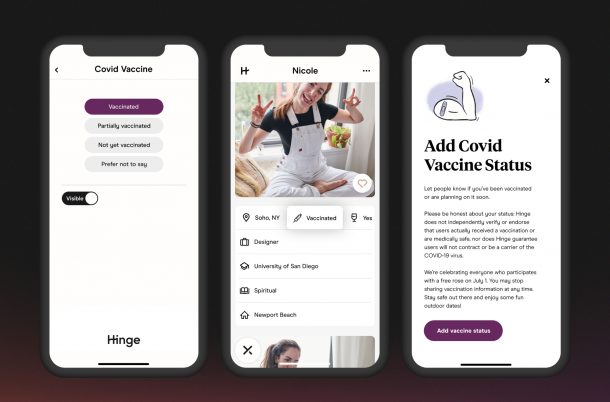
The nature of app design makes it prone to quick changes: it is easy to gather and analyse data, tailor a service to an audience, and implement change in a software, contrary to a physical object which will require the retooling of a factory. Most apps will be updated in the background of users’ phones, and if not, users will kindly be prompted to do so: change is effortless. Over the last 17 months, dating apps have demonstrated their capacity to rethink their design in real-time to adapt to life during the pandemic. But as they mirrored the rollercoaster of our lives when we came in and out of lockdowns, dating apps also showed our resilience when it comes to connecting to others.
Further Reading
‘Leading Dating Apps Partner with Government to Boost Vaccine Uptake’, Gov.uk, 7 June 2021.
‘Sex and Dating under COVID-19’, Eir Nolsoe, YouGov, 12 June 2020
‘Relationships During a Pandemic: How Dating Apps Have Adapted to COVID-19’, The Conversation, 11 May 2021
Related Objects from the Collections
In 1968, Waldemar Cordeiro became one of the first Brazilian artists to use a computer to create images, when he gained access to an IBM 360/44 computer. The original image, of which this is a later print, is thought to be one of the first computer-generated artworks made in Brazil. It depicts a couple using computer-generated symbols, now symbolising how our relationships can be navigated through online devices.
This GIF illustrates our relationship to our phones and screens. Perhaps the character is on a dating app searching for love?

A metaphor for what it felt like to get out of the house for a walking date over the winter.
Couple fâché (photograph), Brassaï, 1932 (V&A: E.908-2014)
